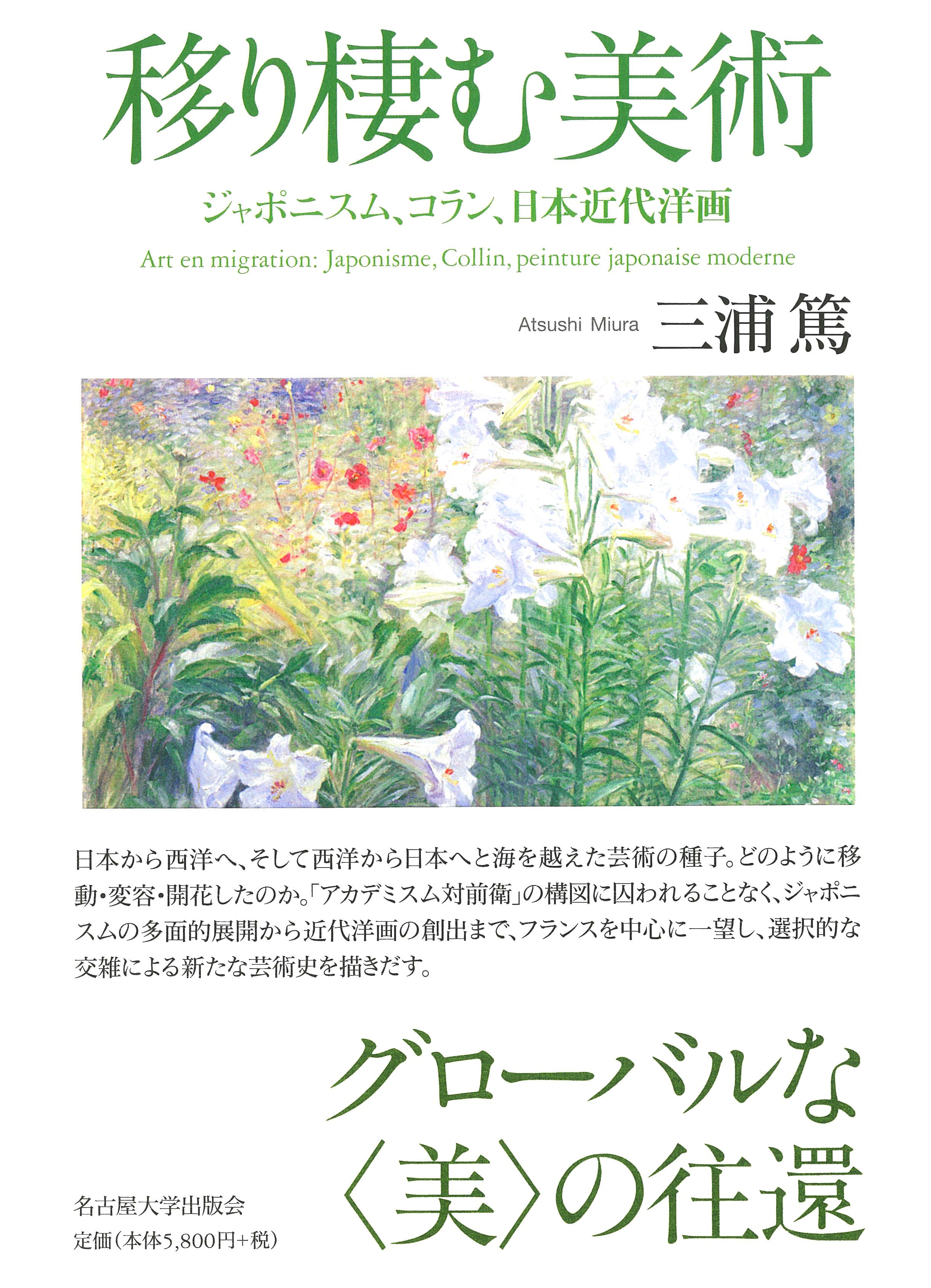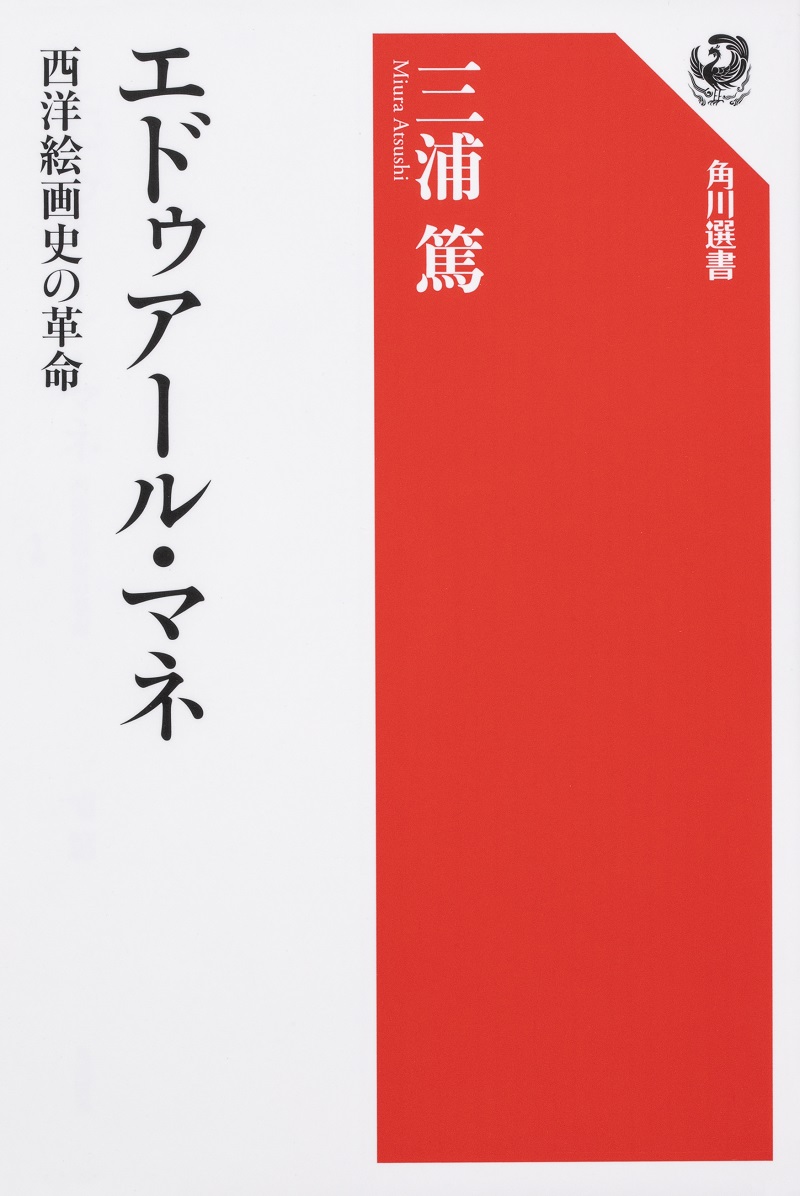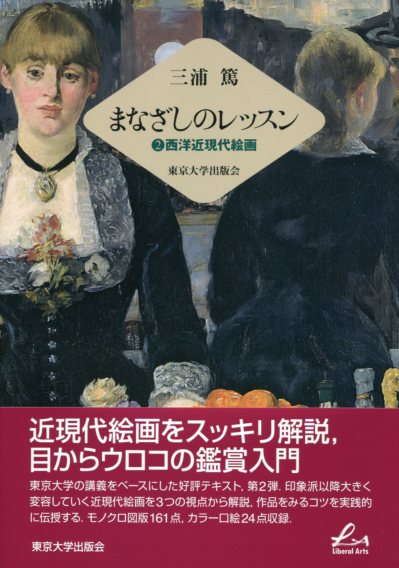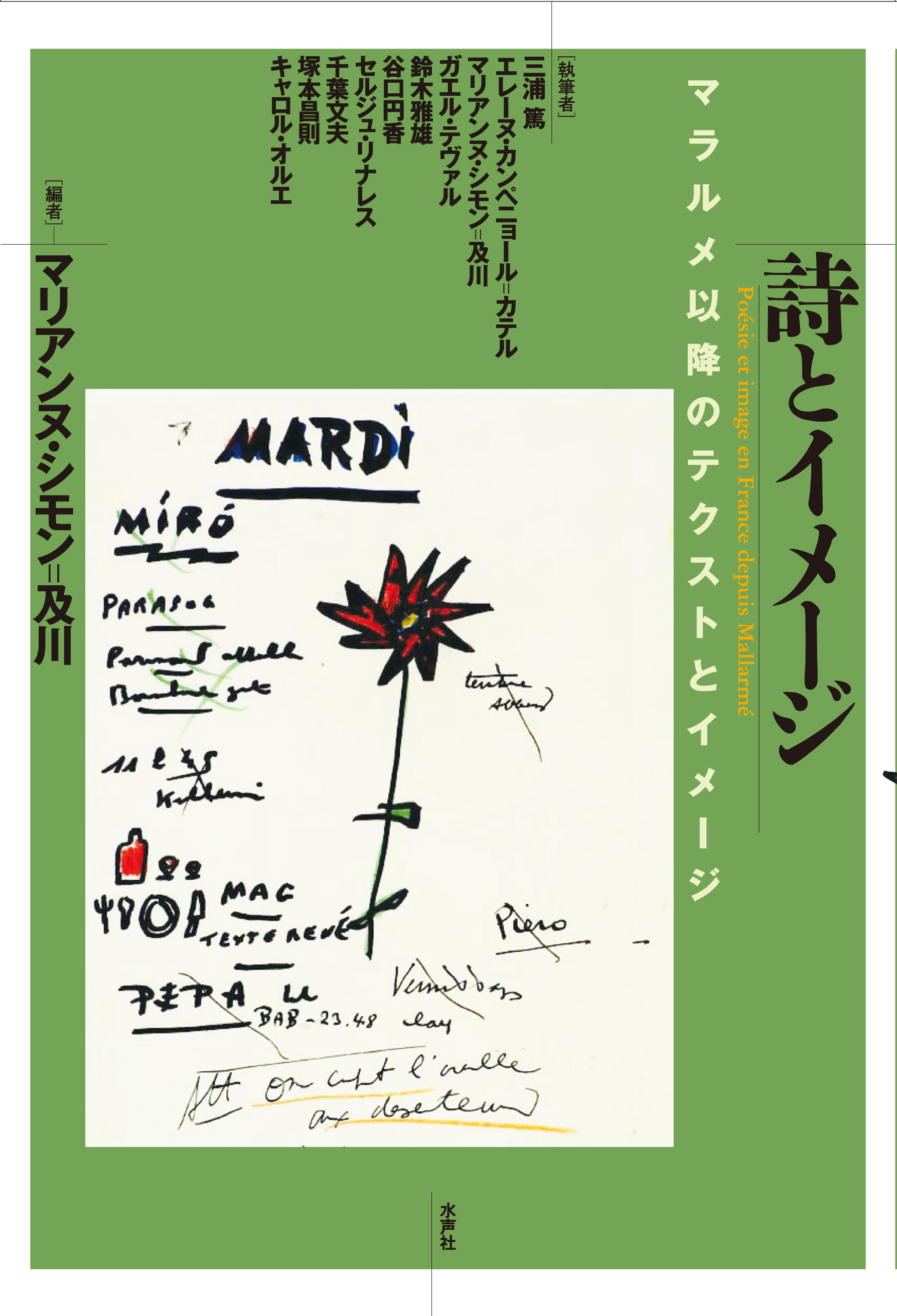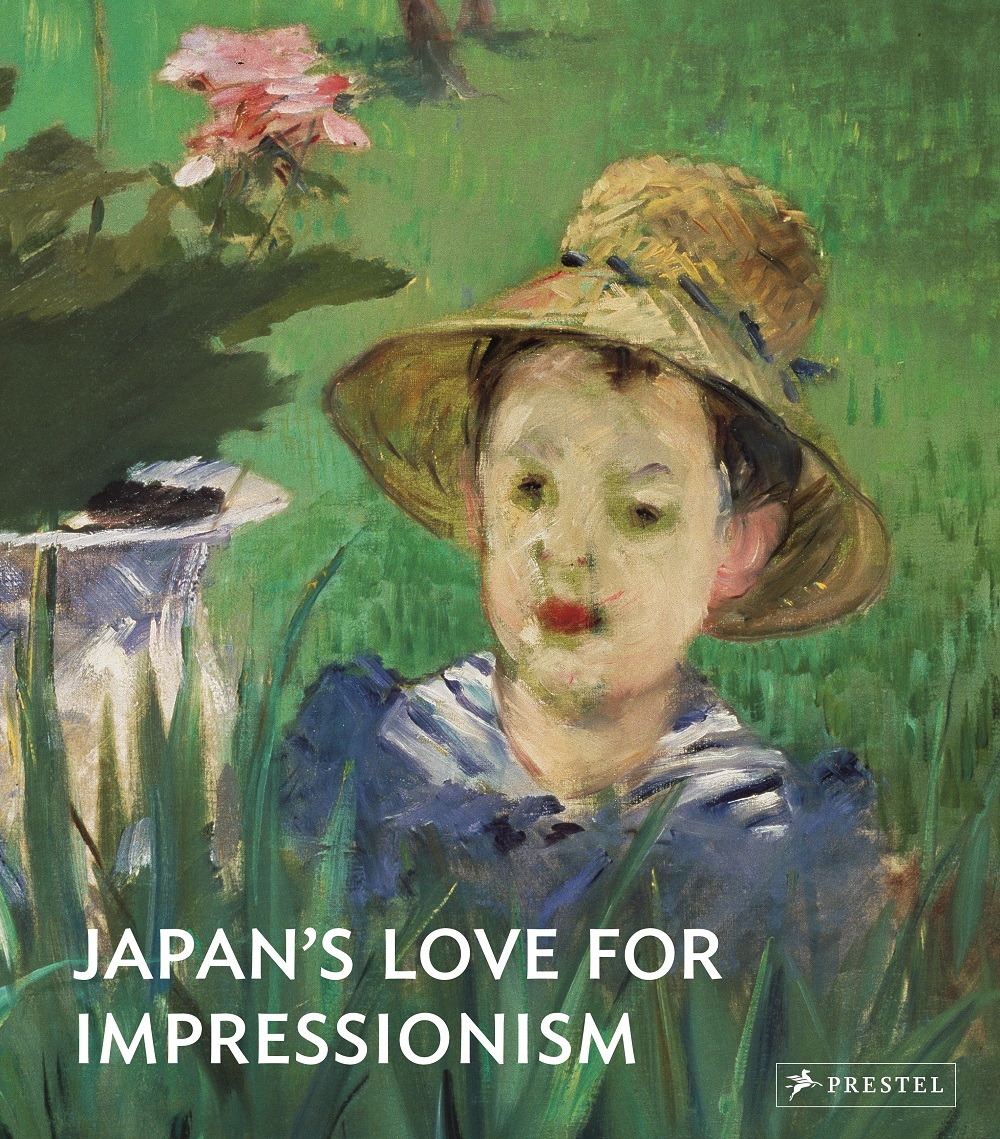
Title
Japan’s Love for Impressionism, from Monet to Renoir
Size
256 pages, 24.5x28.0cm, hardcover
Language
English
Released
October, 2015
ISBN
978-3-7913-5496-5
Published by
Prestel
Book Info
See Book Availability at Library
Japanese Page
This catalog is based on an exhibition titled “Japan’s Love for Impressionism: From Monet to Renoir” (October 8, 2015–February 21, 2016, Art and Exhibition Hall of the Federal Republic of Germany, Bonn). The main purpose of the exhibition was to present Japanese collections of first-rate French Modernist paintings, which were previously unknown in the Western world outside specialist circles. The exhibition succeeded in illuminating this various artistic trend through the presentation of specific works from the Barbizon school and the Impressionists to the Post-Impressionists and Les Nabis; this exhibition included painters ranging from Corot, Millet, Courbet, Manet, and Monet to Renoir, Cézanne, Gauguin, van Gogh, and Bonnard. Further, the exhibition had two other important pillars.
The first was its introduction of the historical background to the formation of these Japanese collections. Between the late 19th century, when Japan’s economy grew considerably, and the inter-war years, Japanese entrepreneurs such as Tadamasa Hayashi (an art dealer who had worked in Paris), Kōjirō Matsukata, and Magosaburō Ōhara built remarkable collections on par with those of Europe and America. Again, after the Second World War, several important collections developed as the Japanese economy grew. The exhibition presented the history behind the development of the Japanese collections of French Modernist paintings by introducing major collectors, such as Hayashi, Matsukata, and Ōhara, as well as the galleries where the most important collections of modern French art are housed (National Museum of Western Art, Ohara Museum of Art, Bridgestone Museum of Art, Hiroshima Museum of Art, Tokyo Fuji Art Museum, Pola Museum of Art, Yoshino Gypsum Collection, etc.).
The other major theme of the exhibition has to be the history of exchange between Japanese and French art. After the opening up of Japan in the mid-19th century, ukiyo-e woodblock prints were imported into Europe, shocking French Impressionist and Post-Impressionist painters and influencing their art through the well-known phenomenon of “Japonisme.” Likewise, Western painting began to shape the art scene in Japan shortly after the rise of Japonisme in Europe. In particular, Seiki Kuroda and his apprentices, who studied in France around the turn of the 20th century, transplanted the French painting styles of Academism en plein air and Impressionism to Japan. Therefore, another element that was emphasized during the exhibition was the mutual exchange of art between Japan and France—from ukiyo-e prints to Impressionism and from Impressionism to modern Japanese Western-style painting; Japan’s love for Impressionist paintings can be largely explained by the strong aesthetic connections between the two countries. Care was also taken with regard to the overall structure of the exhibition, which sought to present a clear picture of the aesthetic resonance and rapport inspired by ukiyo-e woodblock prints, Impressionist paintings, and modern Japanese Western-style paintings.
Thus, not only was the exhibition revolutionary for its introduction of prominent Japanese collections of French paintings but it also broke new ground by showing how the deep relationship between Impressionist paintings and Japonisme/modern Japanese Western-style paintings helped the Japanese collections of Western-style paintings grow richer. This is exactly why the exhibition was such a historically significant event. It should also be noted that the exhibition and catalog are an outcome of collaborative work between the Art and Exhibition Hall of the Federal Republic of Germany and a team of staff in Japan (in which I worked as guest curator) and academic exchanges among international partners.
(Written by MIURA Atushi, Professor, Graduate School of Arts and Sciences / 2017)
Table of Contents
Rein Wolfs: Foreword
Shuji Takashina: Words of Greetings
Atsushi Miura: Japan and the Impressionists: The Collections of French Paintings and the Interrelation between French and Japanese Art
Beate Marks-Hanssen: Japan Encounters Europe
Beate Marks-Hanssen: Tadamasa Hayashi
Beate Marks-Hanssen: The First Japanese Artits in Paris
Beate Marks-Hanssen: Claude Monet and His Collection of Japanese Woodcuts
Beate Marks-Hanssen: The Barbizon School and Courbet
Beate Marks-Hanssen: …first a colour and a light… Julius Meier-Graefe, Richard Muther and the Reception of Impressionism in Germany and Japan
Beate Marks-Hanssen: Manet and Impressionism
Marianne Mathieu: Tadamasa Hayashi, Kojiro Matsukata and the Western Collectors and Collections
Beate Marks-Hanssen: Renoir, Cezanne and Rodin
Masato Satsuma: The Reception of Western Oil Painting in Modern Japan: The Example of Tokyo School of Fine Arts
Beate Marks-Hanssen: Post-Impressionism and the Nabis
Beate Marks-Hanssen: Japanese Artists of the ‘Western Style’
The Collections in Japan
Map
Hiroshi Kumazawa: Private and Corporate Collections and Public Museums: Impressionist Collections in Japans Following the Second World War
Hideyuki Yanagisawa: The Ohara Museum of Art
Akiko Mabuchi: The Kojiro Matsukata Collection and the National Museum of Western Art
Tsuyoshi Kaizuka: Shojiro Ishibashi and the Bridgestone Museum of Art
Yoshiyuki Furutani: Hiroshima Museum of Art (A Public Interest Incorporated Foundation)
Akira Gokita: The Tokyo Fuji Art Museum and its Impressionist Collection
Yoko Iwasaki: The Pola Museum of Art and the Collector Tsuneshi Suzuki
Nanako Sato: The Yoshino Gypsum Collection – A Century of Dreams
Detmar Westhoff: Why the Japanese Love Impressionism
Appendix:
Catalogue of Exhibited Works
Short Biographies of the Artists Featured in the Catalogue
Museums and Collections with Western and Modern Japanese Art in Japan
Bibliography
Index of Names
Related Info
http://www.bundeskunsthalle.de/en/exhibitions/from-monet-to-renoir.html
The book has been selected for "The Financial Times best books of 2015" in Art category.
https://www.ft.com/content/dbbe9112-940a-11e5-b190-291e94b77c8f



 Find a book
Find a book


